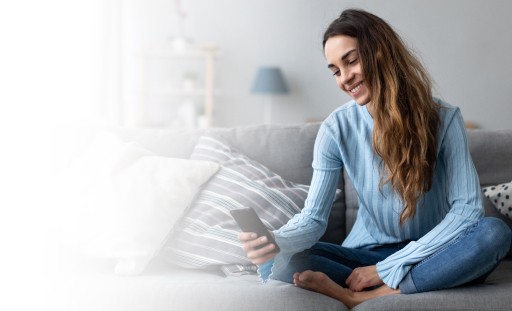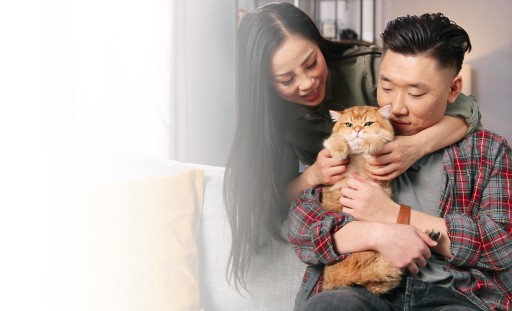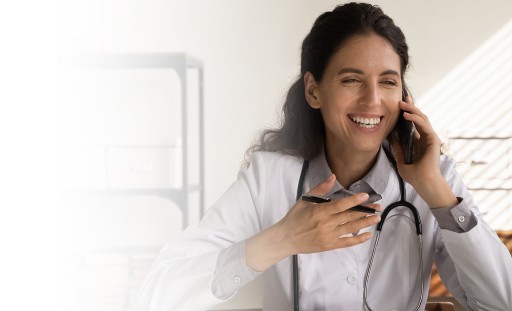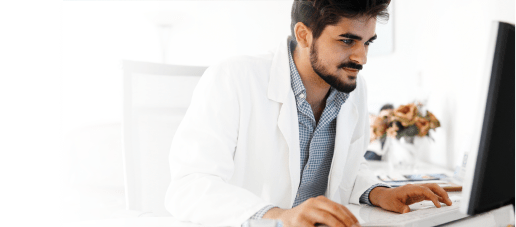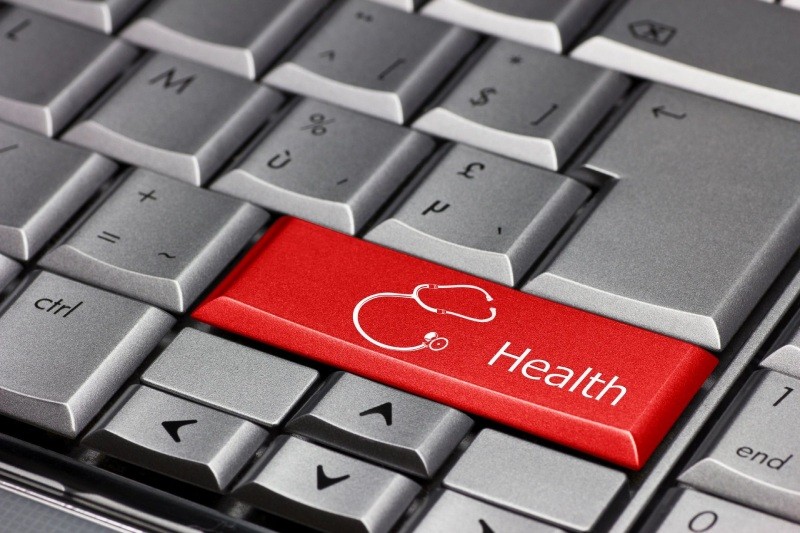I was still a resident in 2018 on the pediatric wards when I began to tinker with telemedicine. I notified my attending physician at the time that I had a telemedicine visit scheduled for later that afternoon. The disappointment in his eyes was unmistakable as he said, “Telemedicine is not the way; you must touch the patient”.
My attending physician’s words resonated deeply with me. I’ve always felt that a patient encounter requires the healing hand of a physician on a patient; however in March 2020, my view on telemedicine took a huge turn. It was no longer an alternative method to patient encounters – it was a necessity.
As Covid-19 began to hit the U.S., I acquired several temporary emergency physician licenses across the country to help with this unfathomable pandemic. Patients in every state were losing access to their primary care physicians and this was a lifeline to help them with healthcare needs.
One of my first telemedicine patients during this time was a young man presenting with abdominal pain and episodes of vomiting. He also had a mild fever. Although I could not examine the patient’s abdomen on my own, I asked him to lie down on his bed, knees bent, and showed him, as I would a medical student, how to carefully examine his own abdomen. Together, we circled the abdomen palpating lightly, then deeply. Together our hands travelled to the right lower quadrant where deep palpation elicited some pain. I told him that I thought he had an appendicitis and he should be seen in an emergency room as soon as possible.
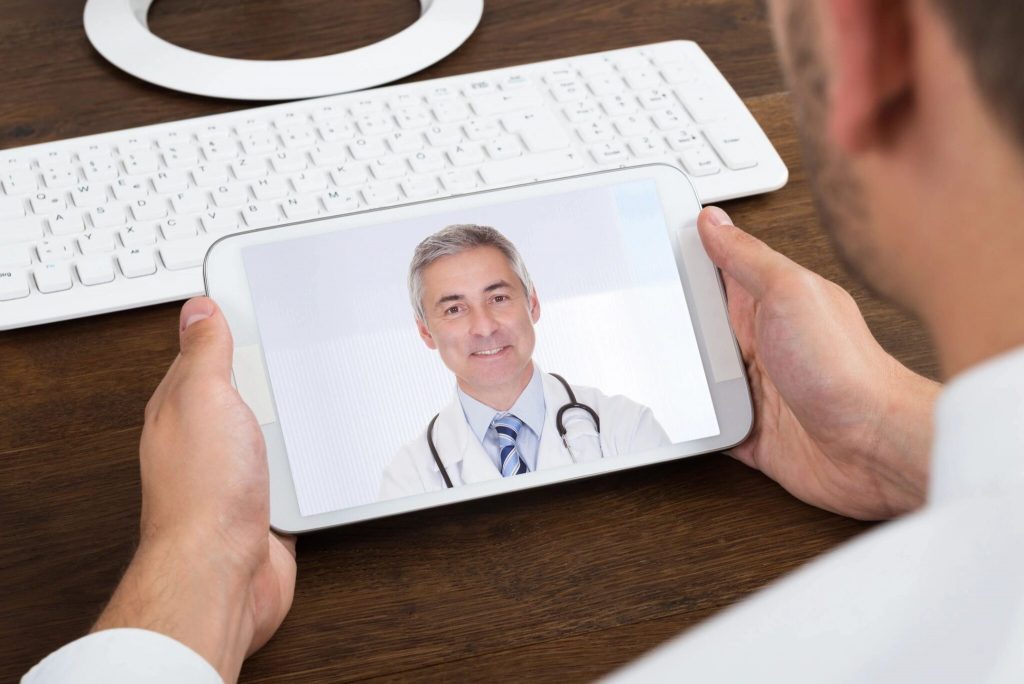
Several weeks later, I received a letter from the patient thanking me for my careful evaluation of him online. I had diagnosed an appendicitis from nearly 1000 miles away from where I was sitting.
This experience compounded by many other similar experiences, has opened my eyes to this truth: the power and capability of telemedicine is only limited by the clinician’s use of the tool. It’s more than a phone call. There is power in eye contact and something to be said about having the patient place their own hands on themselves to communicate what they are feeling. Although telemedicine may not be ideal in all situations, it has proven to be an effective tool that has benefitted many. If times like these have taught us anything, it’s that the patient and the doctor should both be prepared to use it.
Thomas P. Anker, DO
Omicwellness.com
